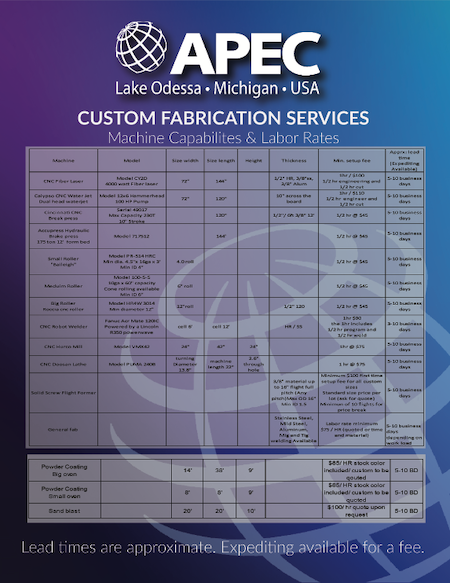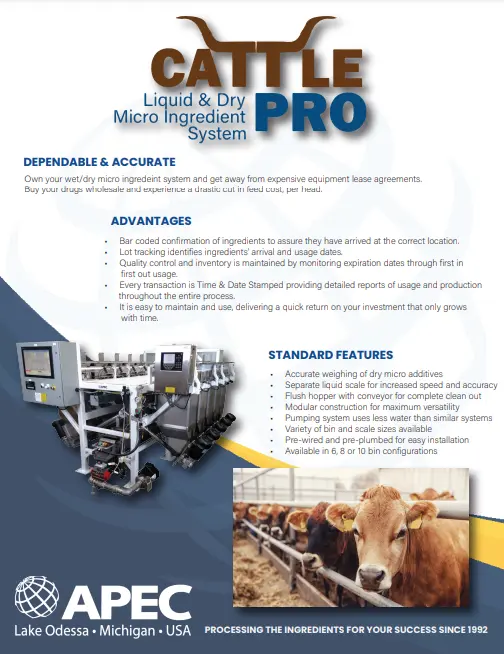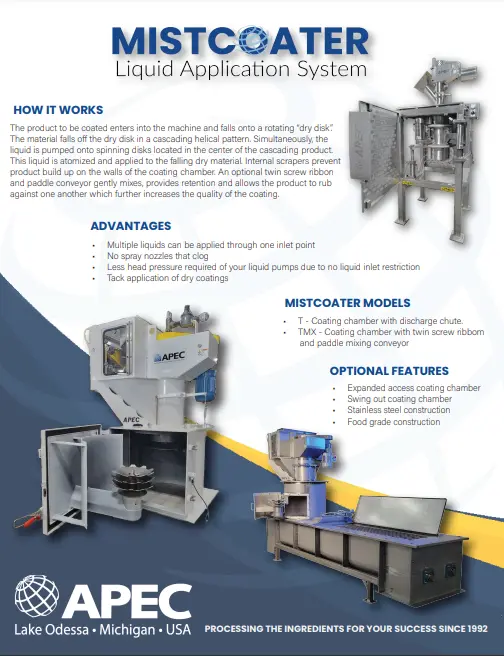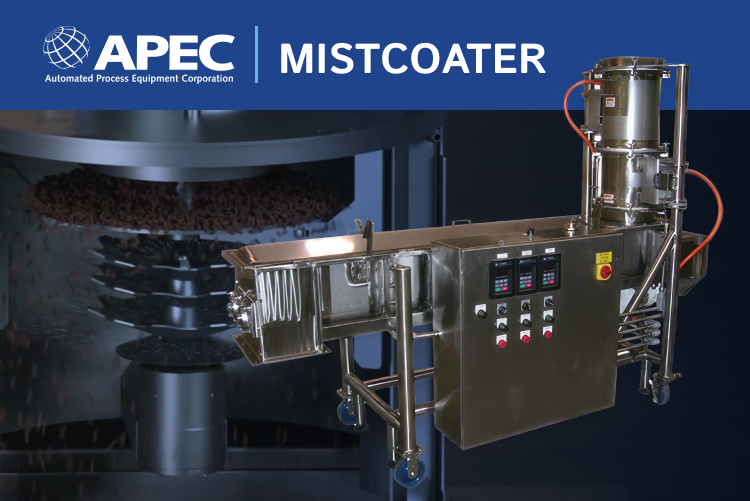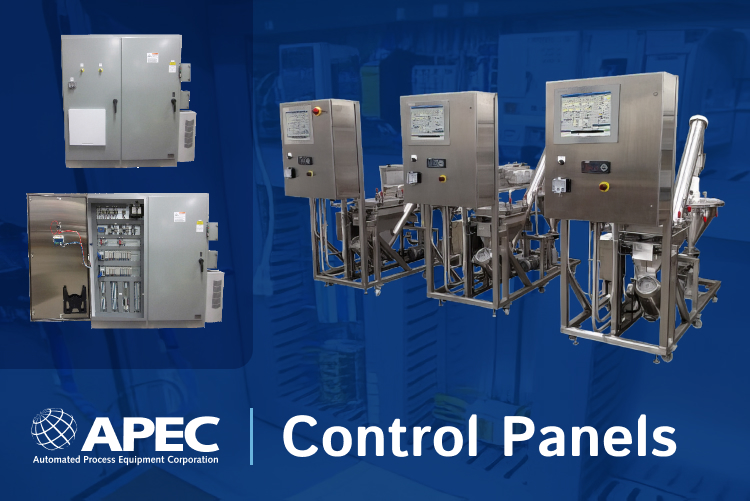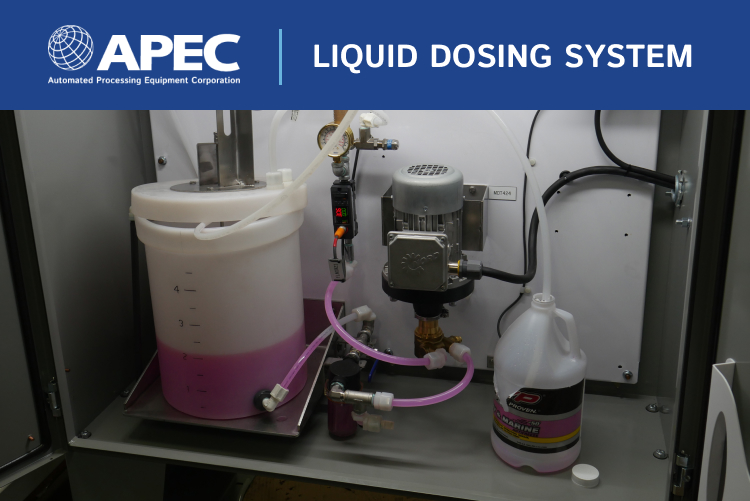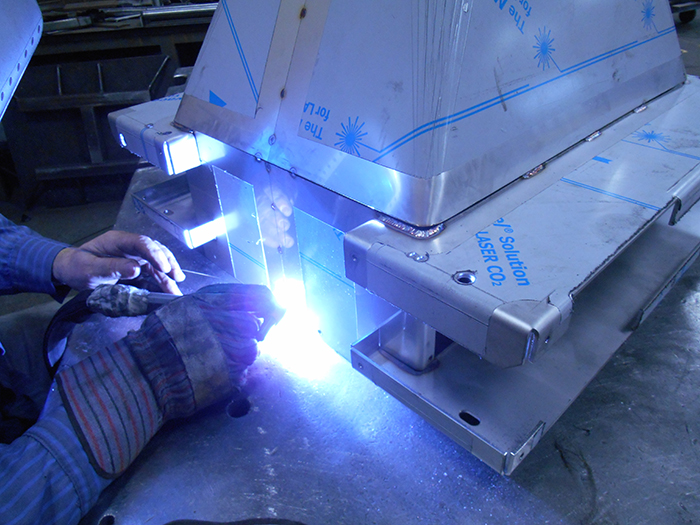
When it comes to custom metal fabrication, the original design is extremely important.Your custom metal fabrication design will ultimately decide how your product is made and how it turns out. When you optimize your custom metal fabrication design, you can take advantage of shorter lead times, cost savings, increased durability, and many other advantages. Here are 5 things to keep in mind when optimizing your custom metal fabrication design.
5 Tips to Optimize Your Custom Metal Fabrication Design
1. Clarify Your Design
With more specificity in your design, your fabricator will have a better idea of what you are looking for. This helps to reduce errors that can occur when your project moves from design to fabrication. The first thing to specify will be your measurements and dimensions. Double check to be sure these are accurate.
You’ll want to specify the following in your drawings:
- Tolerances
- Locations and depths of any holes
- Surface flatness
- Radius of corners
- Material thickness
- Overall height, width, length
2. Simplify and Edit
With the essential elements of your drawings clearly marked, the next best way to optimize your custom metal fabrication design is to simplify. Maybe you’ve already pared your design down to the essentials. But if you haven’t tried an editing step yet, take a closer look before sending your designs to your fabricator.
Look for elements that don’t add to the function of your design. Are these aesthetic elements essential? Or, you might look for elements that are redundant. If, for example, your metal fabricated component will fit securely and maintain its function when it is attached with one screw, two screws might add unnecessary expense. You might also look for exterior elements that are overly detailed or overworked. For example, a right angle can simplify the cutting or stamping process, while a curved corner adds complexity without adding value.
3. Collaborate with Your Fabricator
Knowing how to simplify or optimize your design can be difficult if you are not sure what the ideal fabrication process looks like. Many different processes can be used in metal fabrication, including cutting, welding, machining, stamping, casting, and many more. And, there are different approaches and techniques for each process. By making small changes to your design, you may be able to substantially simplify the overall fabrication process. However, it can be difficult to know exactly how to do this if you are not familiar with these fabrication processes.
Once you’ve specified the dimensions and other essential elements of your design, and you’ve taken a hard look at the vital and decorative details, talk to your fabricator about how you can streamline the fabrication process. By making just a few adjustments to your design, expert fabricators can move your project through the most efficient processes.
4. Consider Your Metal Options
There are many different types of metal alloys. Different metal alloys are made to fill different needs and resist different types of corrosion, heat or force. Some applications require very resilient metals that can withstand temperature extremes, intense force or corrosive substances. These metals are also more expensive, and more difficult to work with. Other applications are not exposed to such extreme conditions, and can complete their function with more common alloys.
Choosing the right metal alloy can help to dramatically reduce costs and simplify the fabrication process. To choose the best metal alloy, it’s important to understand the product or component’s function, and the forces it will be exposed to. This might include any of the following:
- Force: This includes many factors, including persistent bending, heavy impacts, abrasion, heavy weight, and much more.
- Temperature: This includes heat, cold, and dramatic swings between these extremes.
- Corrosive materials: This might include common elements as simple as air and water, or uncommon elements like acids.
- Lifetime: the length of time your product or component is meant to last will impact the materials as much as the regular use conditions.
5. Consider Your Finishing Options
Materials are not the only way to ensure your fabrication project looks and functions the way that it’s supposed to. The right finishing option, such as powder coating, metal plating, anodizing, galvanizing and more can help your project withstand corrosion and extend its lifetime. These finishing options can also help your component or project look the way you want, with the right colors, textures, or shine.
Working with experts is the best way to optimize your custom metal fabrication design. Combine your industry expertise with the expertise of fabricators and engineers to perfect your design and create a durable, top-quality, cost-effective product. Get in touch with our experts today to get started.


